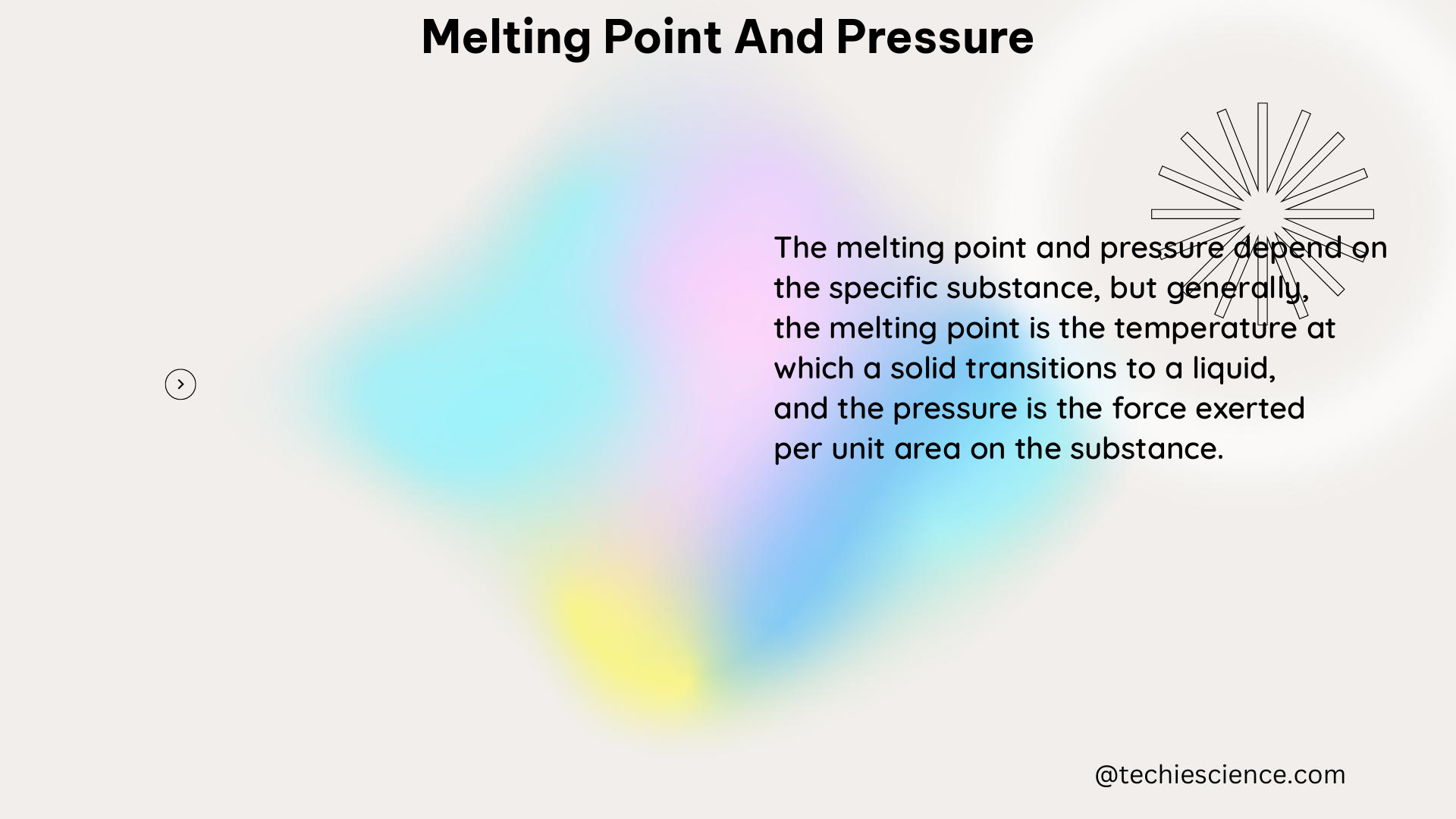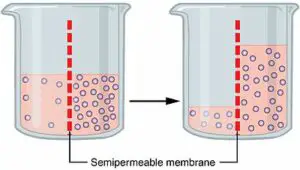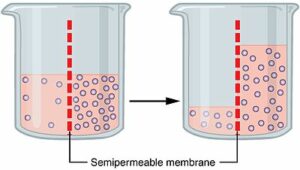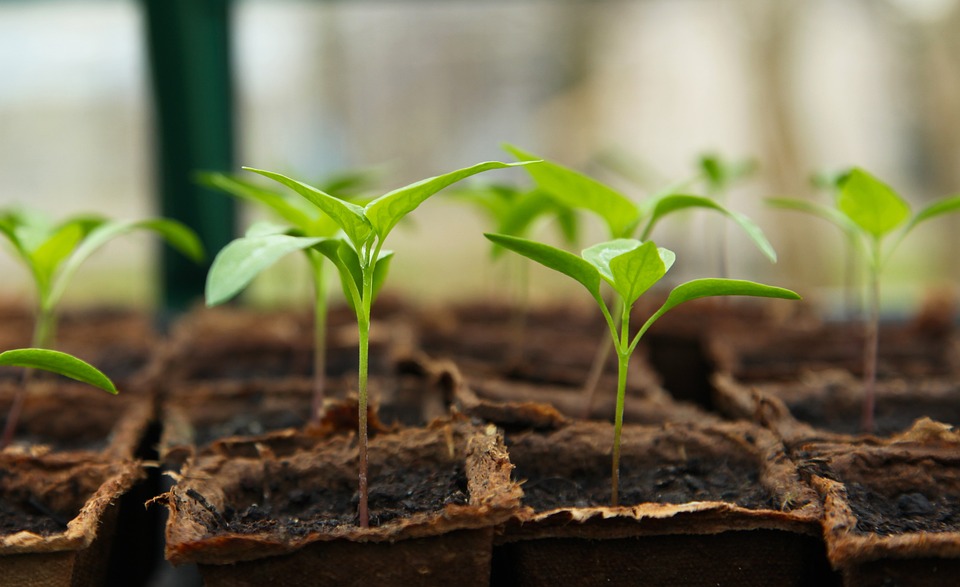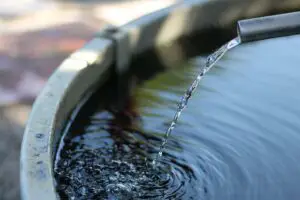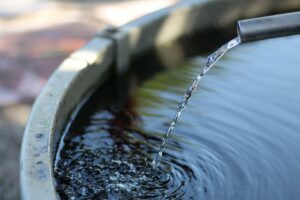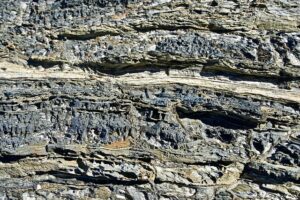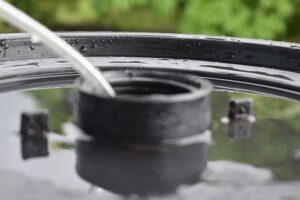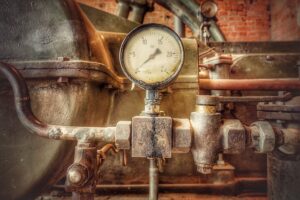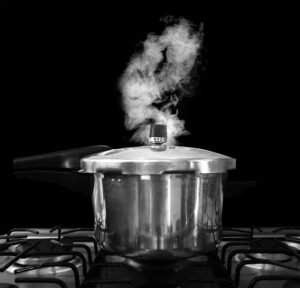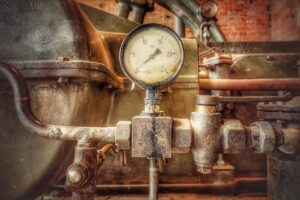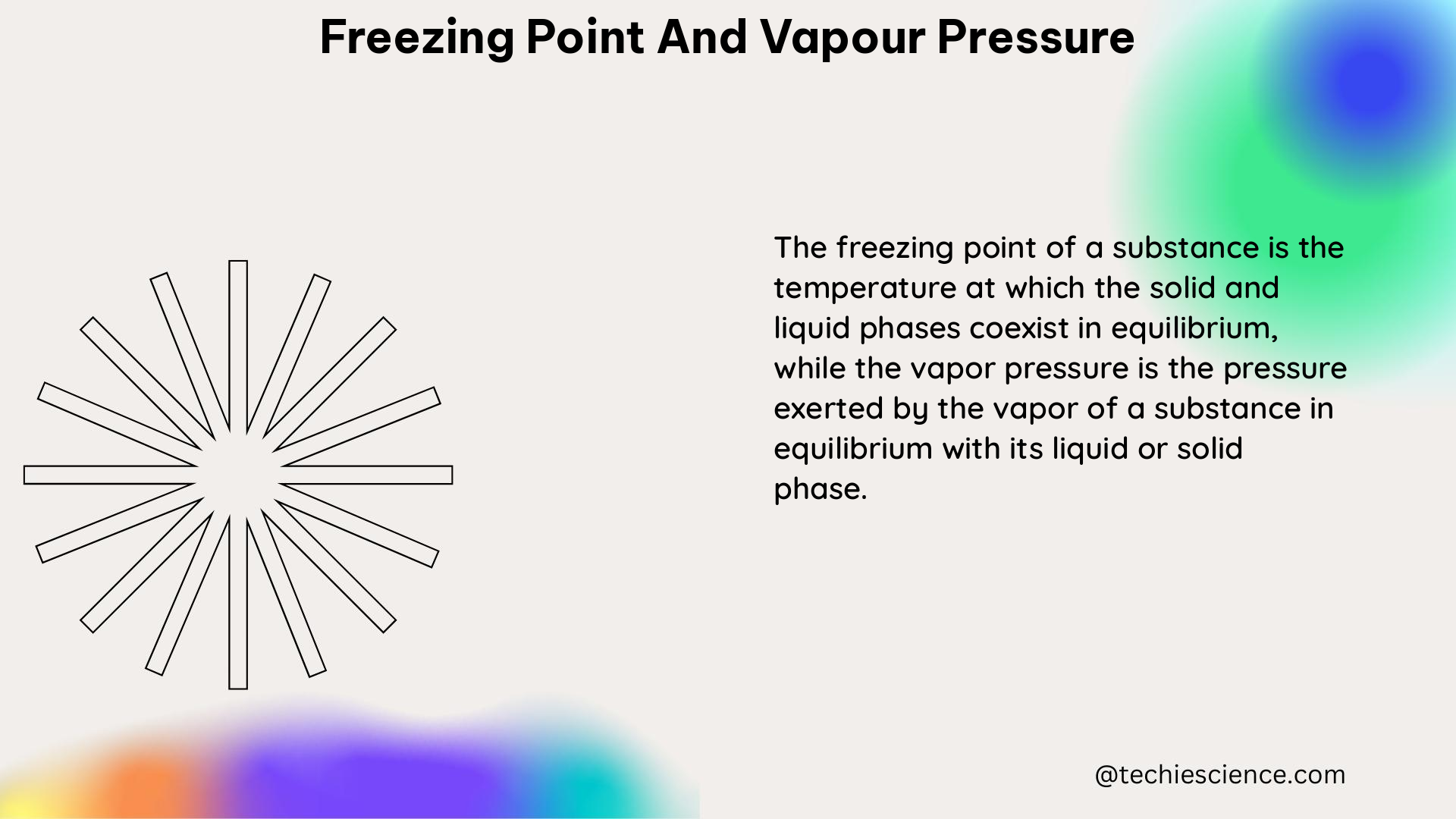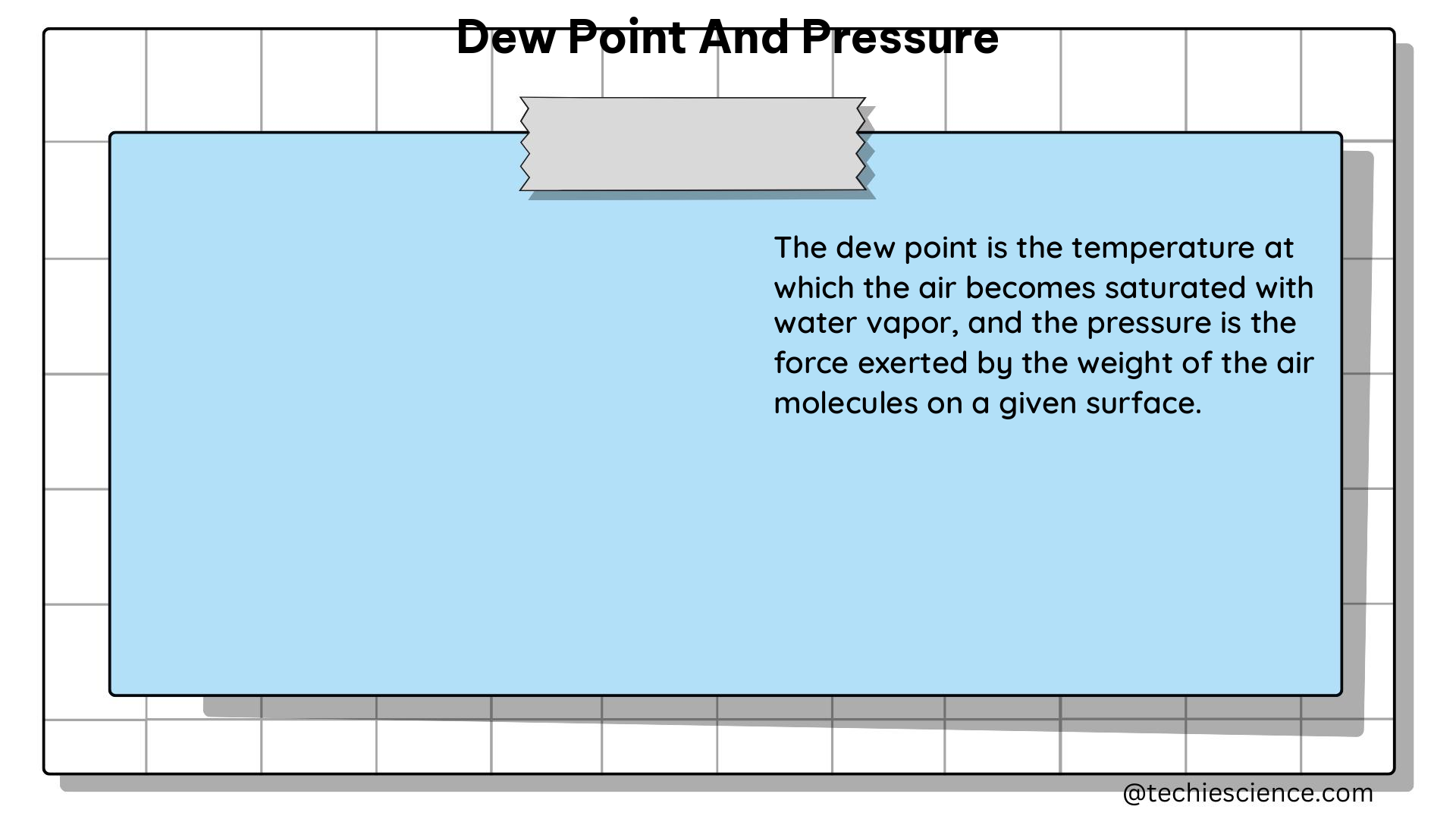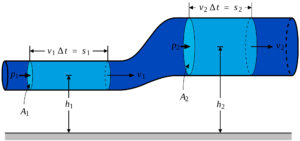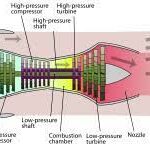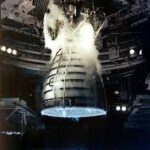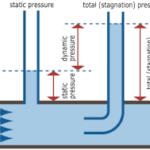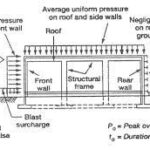In the realm of chemical reactions, the concept of pressure in dynamic equilibrium is a crucial aspect that governs the behavior of reactants and products. At dynamic equilibrium, the concentrations of reactants and products remain constant, and the forward and reverse reactions occur at equal rates. This state is characterized by the equilibrium constant (K), which is a measure of the ratio of products to reactants at equilibrium and has no units. The value of K is constant for a given reaction at a particular temperature and does not depend on the initial concentrations of reactants and products.
Understanding Equilibrium Constant (K)
The equilibrium constant (K) is a quantitative measure of the extent of a reaction at equilibrium. It is defined as the ratio of the concentrations of the products raised to their stoichiometric coefficients to the concentrations of the reactants raised to their stoichiometric coefficients. The general expression for the equilibrium constant (Kc) is:
Kc = [C]c × [D]d / [A]a × [B]b
Where:
– [C] and [D] are the equilibrium concentrations of the products
– [A] and [B] are the equilibrium concentrations of the reactants
– a, b, c, and d are the stoichiometric coefficients of the respective species
For example, consider the reversible reaction:
H2(g) + I2(g) ↔ 2HI(g)
At equilibrium, the concentrations of H2, I2, and HI are measured, and the equilibrium constant (Kc) is calculated using the formula:
Kc = [HI]2 / ([H2] × [I2])
For this reaction, the equilibrium constant (Kc) is 50.3 at 400 °C. This means that at equilibrium, the concentration of HI is 0.156 M, while the concentrations of H2 and I2 are 0.022 M each.
Factors Affecting Equilibrium
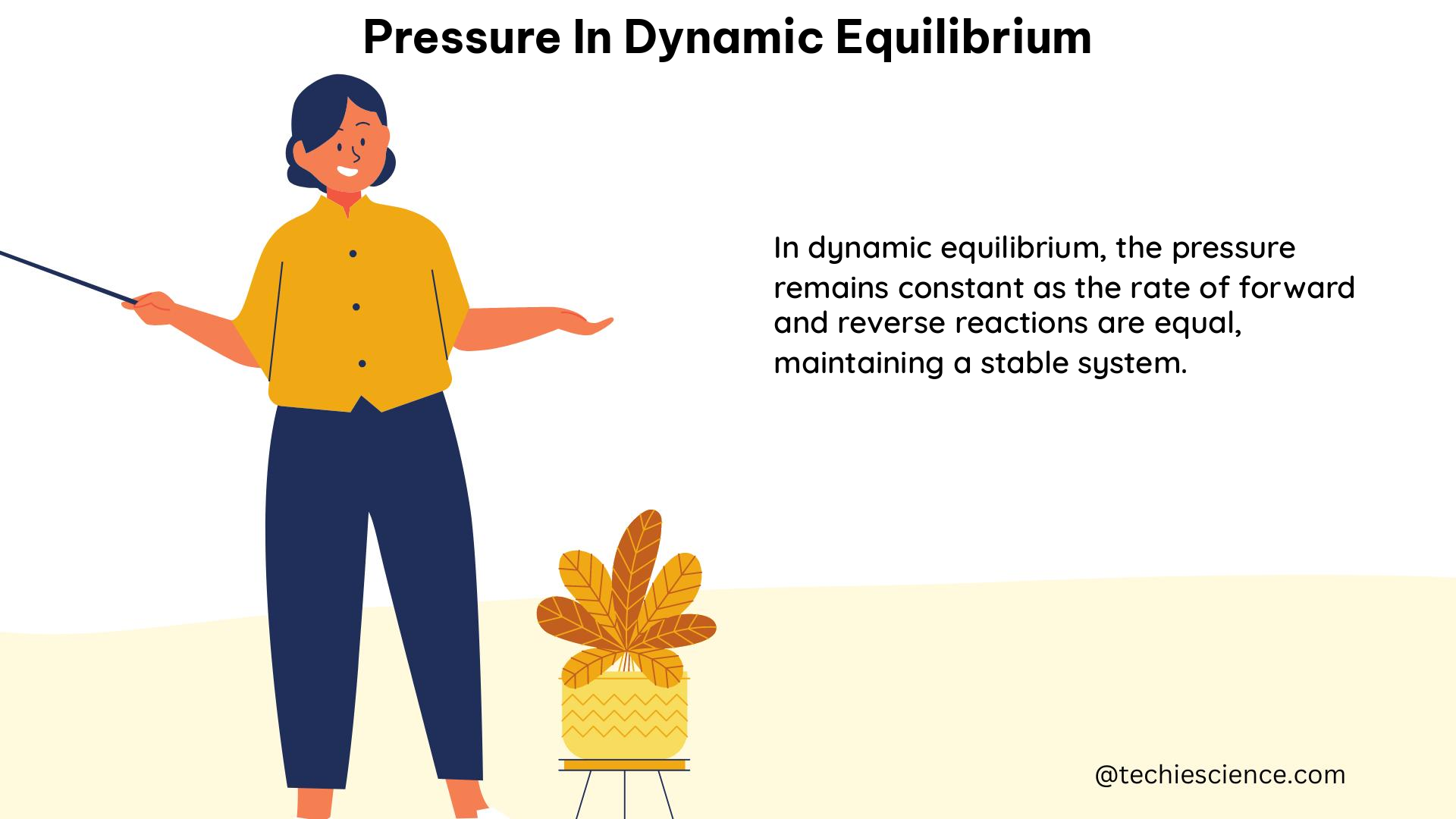
The concentrations of reactants and products in a reaction at dynamic equilibrium can be affected by changes in concentration, pressure, or temperature. According to Le Châtelier’s principle, if a system at equilibrium is subjected to a stress (such as a change in concentration or pressure), the system will adjust to relieve the stress and reach a new equilibrium.
Effect of Concentration Changes
- If the concentration of a reactant is increased, the system will shift to consume more of that reactant and produce more products, increasing the product concentrations.
- If the concentration of a product is increased, the system will shift to consume more of the product and produce more reactants, decreasing the product concentrations.
Effect of Pressure Changes
- In reactions involving gases, an increase in pressure will favor the side of the reaction with fewer moles of gas, as this will decrease the total volume and satisfy the pressure increase.
- Conversely, a decrease in pressure will favor the side of the reaction with more moles of gas.
Effect of Temperature Changes
- An increase in temperature will favor the endothermic (heat-absorbing) direction of the reaction, as this will increase the product concentrations.
- A decrease in temperature will favor the exothermic (heat-releasing) direction of the reaction, as this will increase the reactant concentrations.
Equilibrium Constant in Terms of Partial Pressures (Kp)
In the case of gases, concentration is often measured as partial pressure. The equilibrium constant for a reaction involving gases can be expressed in terms of partial pressures (Kp) instead of concentrations (Kc). The relationship between Kc and Kp is given by the formula:
Kp = Kc(RTΔn)Δngas
Where:
– R is the gas constant
– T is the temperature in Kelvin
– Δn is the change in the number of moles of gas in the reaction
– Δngas is the change in the number of moles of gas in the equilibrium constant expression
For example, consider the reaction:
N2(g) + 3H2(g) ↔ 2NH3(g)
The equilibrium constant (Kp) for this reaction is given by:
Kp = PNH32 / (PN2 × PH23)
Where P is the partial pressure of each gas.
Numerical Examples and Problems
- Example 1: Consider the reversible reaction:
H2(g) + I2(g) ↔ 2HI(g)
At 400 °C, the equilibrium constant (Kc) is 50.3. If the initial concentrations of H2 and I2 are both 0.10 M, calculate the equilibrium concentrations of H2, I2, and HI.
Solution:
Let the equilibrium concentrations of H2, I2, and HI be x, x, and 2x, respectively.
Kc = [HI]2 / ([H2] × [I2])
50.3 = (2x)2 / (x × x)
50.3 = 4×2 / x2
x = 0.022 M
Therefore, the equilibrium concentrations are:
[H2] = [I2] = 0.022 M
[HI] = 2 × 0.022 = 0.044 M
- Example 2: Consider the reaction:
N2(g) + 3H2(g) ↔ 2NH3(g)
At a certain temperature, the equilibrium constant (Kp) is 1.7 × 10^5. If the partial pressures of N2 and H2 at equilibrium are 0.80 atm and 0.60 atm, respectively, calculate the partial pressure of NH3 at equilibrium.
Solution:
Kp = PNH32 / (PN2 × PH23)
1.7 × 10^5 = PNH32 / (0.80 × 0.60^3)
PNH3 = √(1.7 × 10^5 × 0.80 × 0.60^3) = 13.2 atm
- Problem: Consider the reaction:
2SO2(g) + O2(g) ↔ 2SO3(g)
At a certain temperature, the equilibrium constant (Kp) is 42.0. If the partial pressures of SO2 and O2 at equilibrium are 0.40 atm and 0.20 atm, respectively, calculate the partial pressure of SO3 at equilibrium.
Solution:
Kp = PSO32 / (PSO2^2 × PO2)
42.0 = PSO32 / (0.40^2 × 0.20)
PSO3 = √(42.0 × 0.40^2 × 0.20) = 0.80 atm
Graphical Representation of Equilibrium
The relationship between the concentrations or partial pressures of reactants and products at equilibrium can be represented graphically. The graph typically shows the changes in concentrations or partial pressures as a function of time until the system reaches equilibrium.

In the graph, the concentrations or partial pressures of the reactants and products are plotted against time. The system initially starts with the reactants, and as the reaction progresses, the concentrations of the products increase while the concentrations of the reactants decrease. Eventually, the system reaches a state of dynamic equilibrium, where the concentrations of the reactants and products remain constant over time.
Conclusion
The concept of pressure in dynamic equilibrium is a fundamental aspect of chemical reactions. Understanding the equilibrium constant (K), the factors affecting equilibrium, and the relationship between Kc and Kp is crucial for analyzing and predicting the behavior of chemical systems at equilibrium. The numerical examples and problems provided in this guide offer a comprehensive understanding of the practical applications of pressure in dynamic equilibrium.
